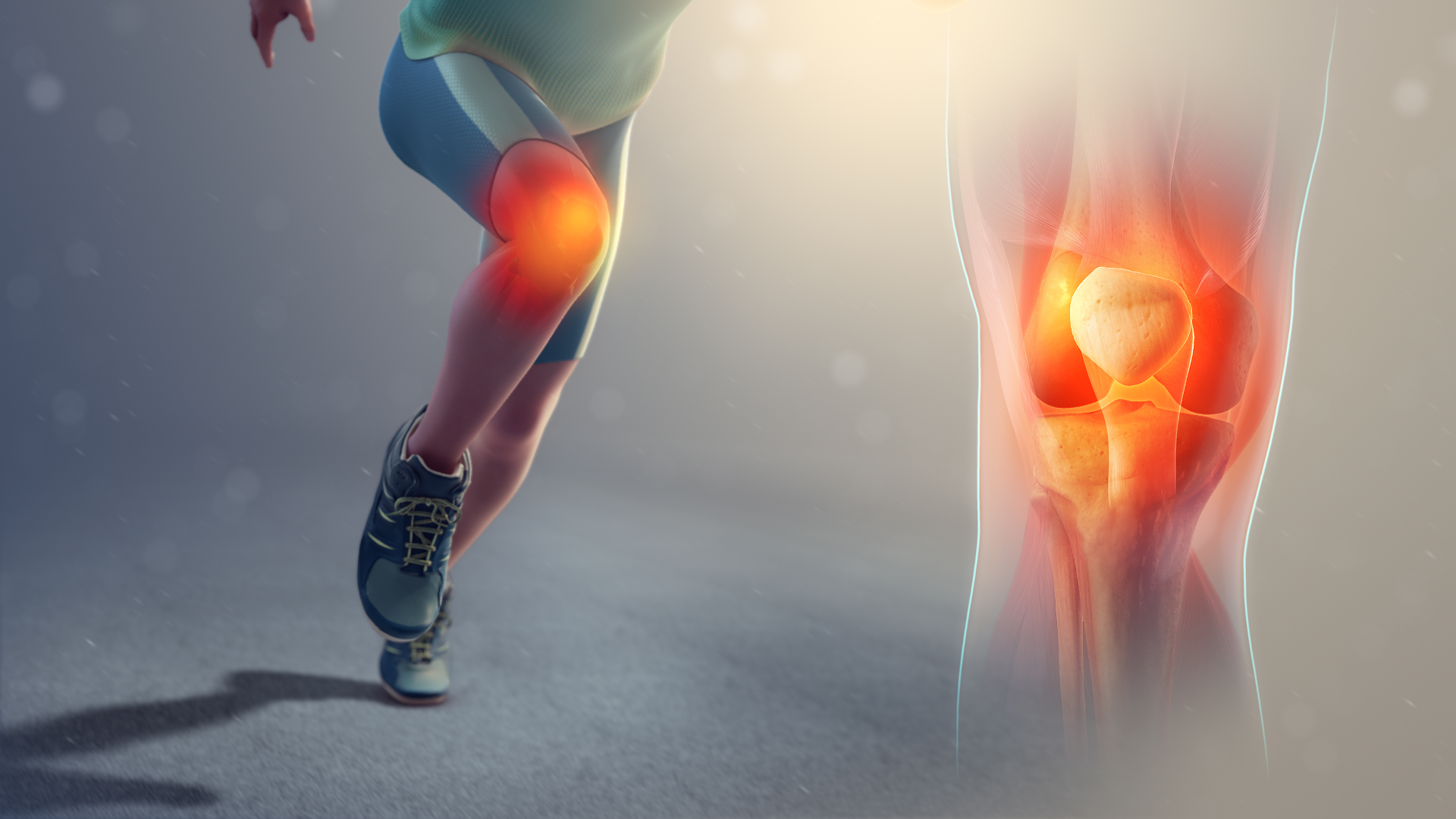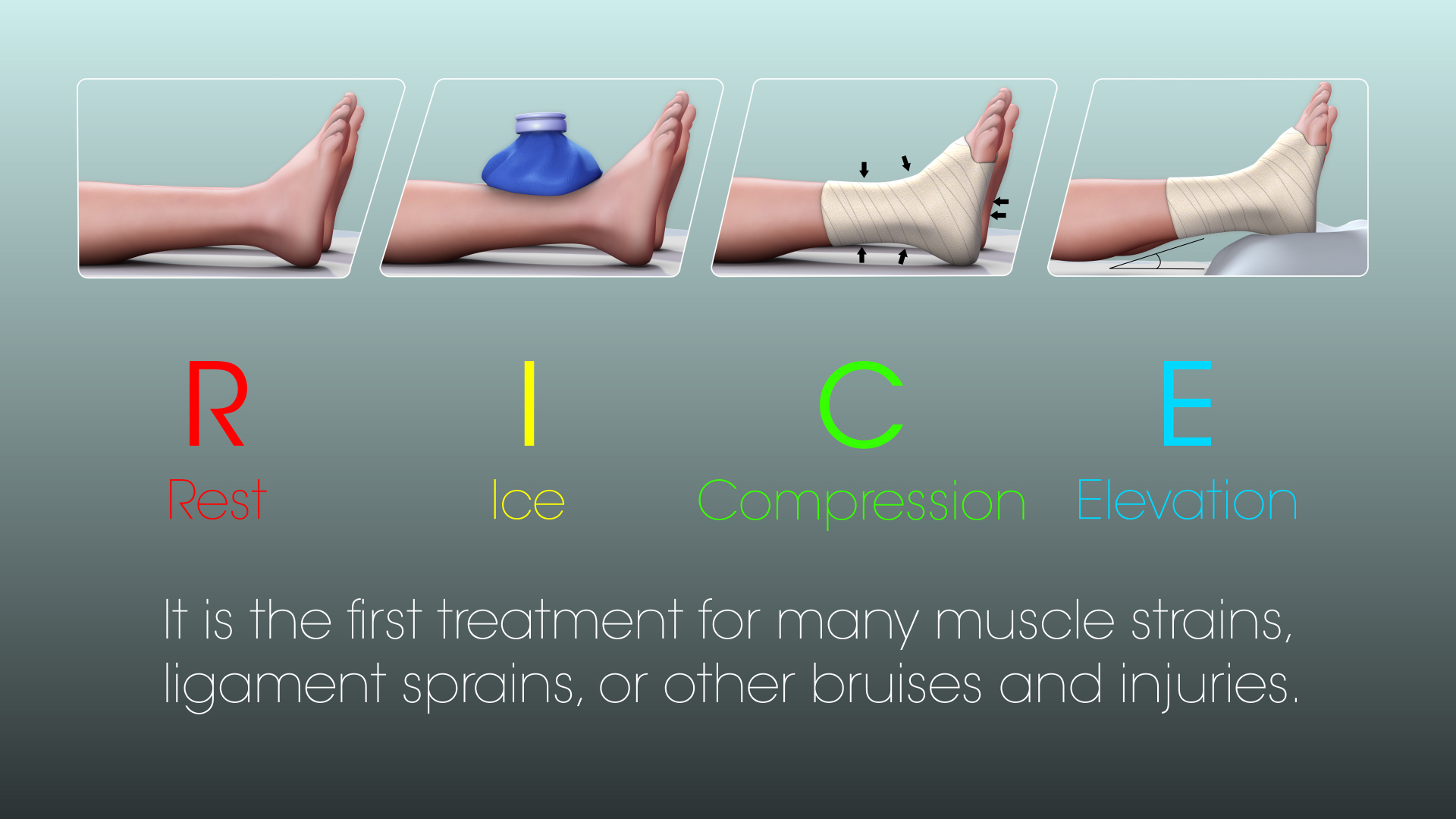By now we’ve already talked about why health of your joints greatly reflects the health of your overall body. While our last article Tennis Elbow And Golfer’s Elbow: A Primer explained the major elbow injuries, the current one throws light on the knee conditions.
It’s every runner’s nightmare to suddenly feel a shooting pain in the knee when midway through a training for their next race, or even worse, during the race.
Patellofemoral pain syndrome (PFPS) is a condition in which the pain is felt mainly in the front region of the knee, specifically on the underside of or somewhere around the edges of the kneecap.
If the name seems complex, let’s dissect the term for you:

‘Runner’s knee’ is, of course, a popular description among runners as they get it more often than anyone else. But it is not a very appropriate term to use as there are at least half a dozen other conditions that could be meant by it. And, moreover, it excludes other people who get this condition- for instance, cyclists and hikers. Also, office workers and other chair-bound workers can experience the major portion of symptoms of PFPS. Calling it ‘runner’s knee’ particularly leaves out people whose knees hurt while sitting and because of sitting.
The pain around the kneecap has been attributed this name merely because runners get anterior knee pain more often than anyone else. It involves softening of cartilage under the joint in the kneecap in early stages and loss of cartilage, also known as arthritis in later stages.
Touching up on the causes of this condition…
Like most running injuries, overuse is the primary culprit. Sharp and sudden rise in speed can cause a flare up in knee pain. It can also be caused by chronically running on uneven and slopy surfaces. Athletes with wider hips are believed to be more susceptible to patellofemoral pain because of the angle in which they put pressure on the knee. However, this claim doesn’t seem to be backed by any real science.
Runner’s knee is not exactly a condition in itself. It sums up a multitude of knee disorders with different causes all centering around the kneecap. Even if you are someone who stretches daily and strength trains accordingly, you are still at risk of developing runner’s knee for various other reasons like trauma from an accident to the knee, or overuse.
Identifying your symptoms is the first step to heal…
Initially, you may feel the pain while performing high-impact activities including playing sports or moving down the stairs. As the condition worsens, the pain may be triggered by even long periods of sitting. This is due to the pressure on the kneecap while the leg is flexed. Most of the following symptoms happen because the patella rubs (rather than slides) over the femur.
- Swelling of the knee
- Popping or grinding sounds in the knee joint during activity
- A snapping sensation in the knee
Although the management of this condition is extremely simple, patience is the key.
Like any injury, everyone will take their own sweet time to recover from PFPS. The only thing to ensure while getting back into swing, is to begin with no to low impact activities like swimming, so that you don’t put too much weight on your knees too soon.
The primary treatment to ensure a speedy recovery and resume running in no time is done with these 4 simple steps:

Healthy joints certainly make for a happy you. So there is more information coming up on sports injuries. Turn your #SetbackToComeback.
Tennis Elbow And Golfer’s Elbow: A Primer
Right from mobility to strenuous physical activities and sports, our hands work probably the most. Repetitive actions performed by our dominant hand everyday tend to weaken the bones and muscles of our arms causing injury. Read More..









